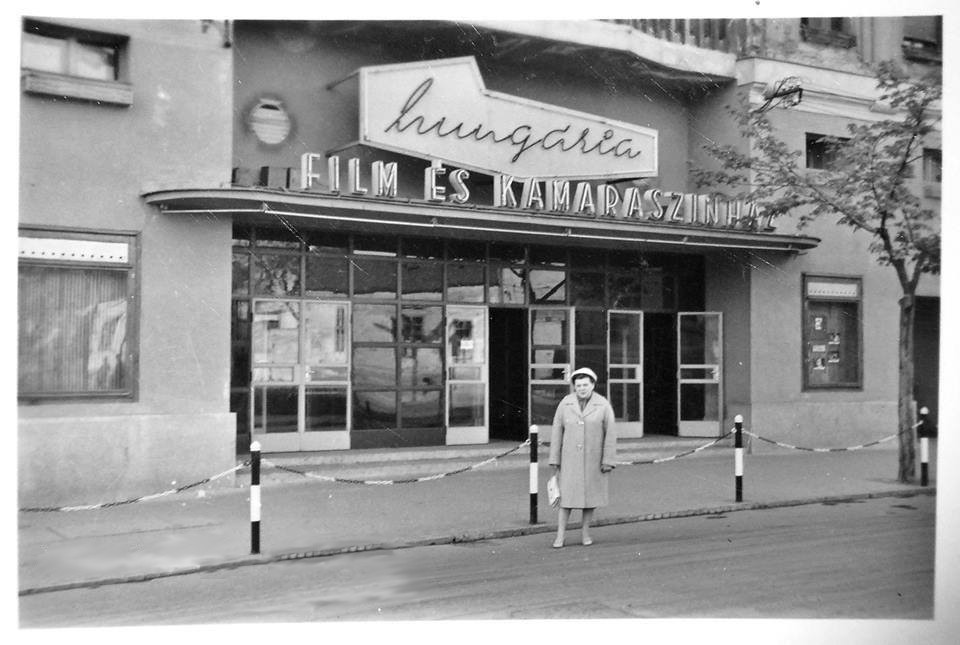There are many wonderful travel guides about Debrecen, but few about the important places of this city in the context of history. This article focuses on the history of the old town square of Debrecen.
Kossuth Square.
Over time Debrecen has changed, just like any city, as to how much is open to interpretation and your own perspective. The tram lines have been a long term fixture of Kossuth Square, which was once a green oasis. Gardeners created plant islands in every corner of the square.
Dominating the Kossuth Square is the most famous symbol of the city, the Reformed Great Church. Before it was built, in the 13th Century, St. Andrew Church stood in its place, built by the Dósa family. Later in the 16th century, St. Andrew Church was destroyed by fire and rebuilt again in the gothic style.
Unfortunately, this new St.Andrew’s church was also completely destroyed in the Great Fire of Debrecen of 1802, and a new church had to be built for the Reformed believers.
The new church the Great Reformed Church that still stands today was built according to the plans of architect Mihály Péchy, the construction work begun in 1805 and was completed in 1827.
The Reformed Great Church of Debrecen is not only an ecclesiastical but also an important historical and cultural site where Lajos Kossuth read the Declaration of Independence on April 14, 1849.
In 1991, II. Pope John Paul also visited the Reformed Great Church of Debrecen before wreathing a galley sculpture in the Memorial Garden.
In addition to the Reformed Great Church of Debrecen, the Zsolnay Fountain with its distinctive double basin (see pictures from 1960) was definitely one of the gems of the square. Its base was decorated with labour movement scenes to honour work, study, and fun in the typical style of the era.

1936 
1953 
1960 
1973
Next to the main square, there was one of Debrecen’s famous cinemas, the “Uránia Mozgó”. Debrecen’s first audio-film premiere was held here in 1930. The facility was then nationalized and later in1960 it became the Hungária Film and Chamber Theater. Until the change of the political system, the Csokonai Theater also held shows here.

Going North from the main square, towards the Main Railway Station, we cannot pass by Batthány Street without seeing it, but you would be forgiven for not recognizing it from the picture above. Read more here >>>